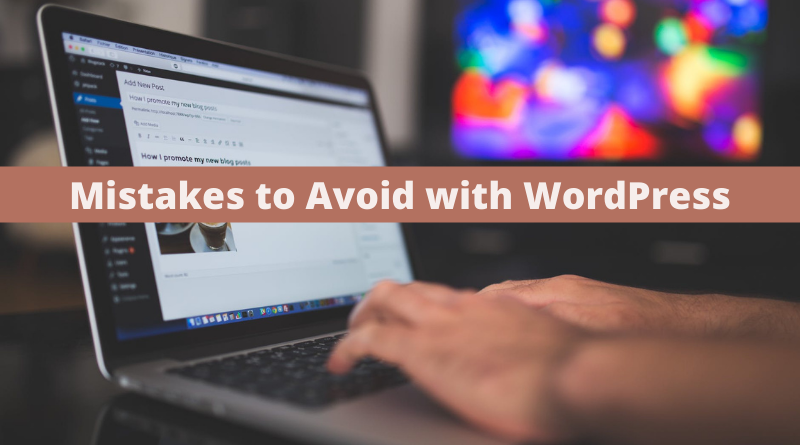Defining Plagiarism: Plagiarism means duplicate content and it is a process of taking someone else’s work, thought, expression and ideas to using them and presenting as your own without any permission of the real owner. Plagiarism not only means copying the sentence from someone’s work even copying a word matter but it is the very wrong thing to do copy the content from another website. If your content is original then SEO show or gives it a topmost priority. Moreover, the search algorithm quickly identifies the original content and copying content that which one is copying and original.
Impacts of plagiarism on SEO: Some following impact of plagiarism on the SEO:
Plagiarized material includes No Value in Your Website: It is one of the very worst techniques and makes a very bad impact on the website. If you take the material from another’s website for your content then it means you will create the worst condition of site in the front of the search engine because clients always want to see fresh and unique material so if you do not upload this kind of material then clients will show their less interest on your site.
Challenge for a content which is not yours: It is illegal action to copyright the content for the website, even also if you claim for the material that is not written by you so always take real content and make sure that content is written by you, otherwise it creates a bad impression in your business.
Bad impact on the audience -: If you put the duplicate content on your site and when your audience checks out the content then they will easily understand about you that you are not creative and you have not fresh material so you should invest the professional SEO techniques on your site in term to get high visibility.
Avoid plagiarism: you need to spend maximum time on your website and create unique or quality data. The main thing is efforts; if you put your efforts on the site to create an original material then you should easily get high online visibility and high page ranking.
Online plagiarism checker: If you want to check that your content is original or duplicate then you will check the plagiarism tool to check the content is duplicate or original and there are many online plagiarism tools are available. The unique and high-quality original content not only gives search engine ranking but also make a good impact and catch the reader’s eye.
What are the different types of Plagiarism that are adopted?
The term Plagiarism deals with the wrongful copying of the content of the text without mentioning the source of the original author. It’s completely an awful offense of taking someone’s original content and considering it own.
The offense of plagiarism content can result in punishment and it falls under the copyright laws. You need to ensure that writing must have a unique essence. Therefore, the writer needs to put his or her own words that sound genuine.
Duplicate or copied content can take away the originality of writing. Due to this way the writing fails to reach the reader. Either for a research paper or academic paper, the writers must be careful with the source material. Somehow if your work has been found a hint of plagiarism then it wouldn’t be considered as original. While being a writer you should know how to retain the originality of writing.
There are different types of plagiarism such as Direct Plagiarism, Mosaic Plagiarism, and a lot more. Thus, it becomes essential to check whether your content is free of duplicity or not.
Have a look at different types of plagiarism:
1: Direct Plagiarism:
One of the most common crimes of plagiarism evolves the adopting part of someone’s other content to your own. The person copying the text from another source doesn’t even change a single word of it. For avoiding plagiarism the plagiarist can change the phrases, part of sentences, or replace the words.
Instead of other plagiarism, Direct Plagiarism is the most serious one. When the plagiarist does copy-paste from someone else’s work and neglects to cite the source then it is known as Direct Plagiarism.
2: Patch-writing:
Patch-writing is another technique of Plagiarism. It is used by the writers to rewrite the whole content of an existing website. Due to this way the person can take the existing content of some other websites and rewrite it in their language.
Somehow if you go for patch-writing then it can become unethical. Also, no good content can get added to the website and put you at loss. On the other end, if the re-written content does offer you anything new then your website will start ranking lower than the original one.
3: Copy-Paste:
Copy-Paste is the other kind of plagiarism that is taken by the writers. In this case, the work of any author is entirely copied and pasted to another website. It will also create one copy of the content on different websites. Being a writer you should be more careful and understand that you will be penalized due to this serious offense.
4: Mosaic Plagiarism:
The next type of Plagiarism is Mosaic Plagiarism. In this plagiarism, there is a need to mention the source of the content that you have been referred to. If the writer doesn’t acknowledge the quoted part or put the reference under the quotation marks then it signifies the crime of plagiarism. Either it is intended or unintended, plagiarism is a serious crime.
5: Accidental Plagiarism:
The next common form of Plagiarism evolves accidental plagiarism. When the plagiarists misquote the phrases or text of the other source material then it would be considered Accidental plagiarism.
6: Inadvertent Plagiarism:
Last but not the least, the plagiarized content that is deliberately not used by the writers but occur accidentally known as Inadvertent Plagiarism. In search engine marketing the keyword-oriented articles revolve around the same phrases, concepts, blogs, or articles. Thus sometimes the accidental plagiarism occurs. Sometimes it happens that you may even copy your post and discussing similar ideas.
How you can avoid plagiarism in content?
Now as we have understood that what are plagiarism and its different types? Let us know consider how you can avoid these issues of plagiarized content.
Take a look below:
Well you can avoid plagiarism just with a few efforts like:
Before writing the content every guideline must be given to the writer well. Every source of the content should be authentic and easy to read.
If you are looking for how to control plagiarism then you need to make some extra efforts. There is a need to understand that the biggest struggle while creating the content is to make it plagiarized-free. While doing so there can be more authenticity and originality in your content.
You cannot compromise with the content quality as it should be always good. Besides, it should always offer some fresh ideas to the readers and makes it more engaging. This will help in increasing the visibility of the website and there will be no chance of getting a low page ranking.
As such, there are numerous ways to prevent plagiarism in your content. Some of them are easy while some are complicated. Besides, there are various techniques that you can follow to protect your webpage from duplicate content. This will also help you to stay safer from adverse situations that might get occurred from the copied content material.
Following are been defined some methods of protecting your content from duplicity:
1: 301 Redirects:
If you examine that you are having the issue of replicated content due to various URLs with the same article. Then you can use 301 redirects which redirect the visitors as well as crawlers of search engines. For performing this kind of action you have to obtain the .htaccess file for your server.
2: Internal Linking:
Usually, this step is an uncomplicated one. The term Internal Linking may be defined as when you link to the other web-pages on your website. All you need is to keep these links steady. Instead of connecting to different links, it is advised to select one and stick towards it.
3: Use rel=canonical link:
Google has recommended the web-pages for a practice of canonicalization. It will enable them to see the preferred URL of your web-pages. Similar to 301 Redirects when you will start using “rel=canonical” links, it will tell the search engine to treat web-page with particular tags.
Once you make a tag in any of the pages that comprise plagiarized content it indicates search engine about the original page. As compared to 301 redirects this informs search engine to ignore all the pages that contain duplicity.
4: Merge similar content:
For instance, if your website comprises pages having similar content but are not identical. Then it is a nice idea to either combine it or differentiate it. Instead of containing pages that serve the same service, you just need to target different locations. Hence it will help in eliminating the replicated content and enhance the SEO of your page.
You can follow all the above methods and avoid having the consequences of duplicity in content. But it is better to write on your own and maintain the originality of your content.
Wrapping Up:
When reading the complete guide on Plagiarism and its impact on SEO you need to ensure that your writing skills should be free from duplicity. In other words, it should be original, more engaging, and relevant too.
Moreover, it can be well-readable to users and should contain more interesting facts and information. People should get to know what your website is dealing with. Your content must be knowledge-oriented and carry some real values in it. Such type of content can achieve greater values.
On the concluding note, it can be said that you should get better Search Engine Rankings. Usually, you are inevitably using plagiarized content in your blogs or websites. So make sure that you won’t run after the plagiarized content. Reading the above methods can help you in delivering original content instead of duplicate ones.
Also Read:




